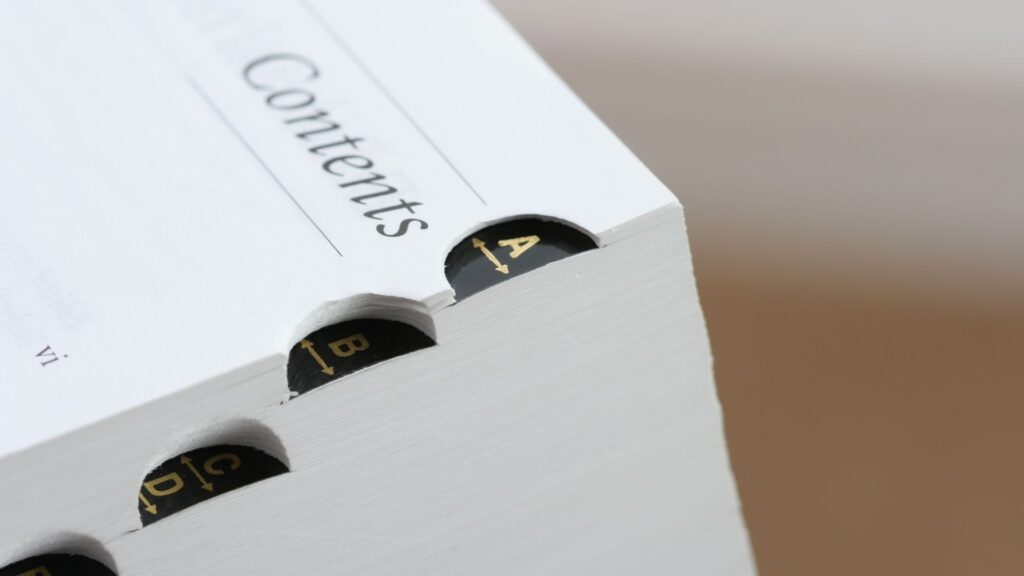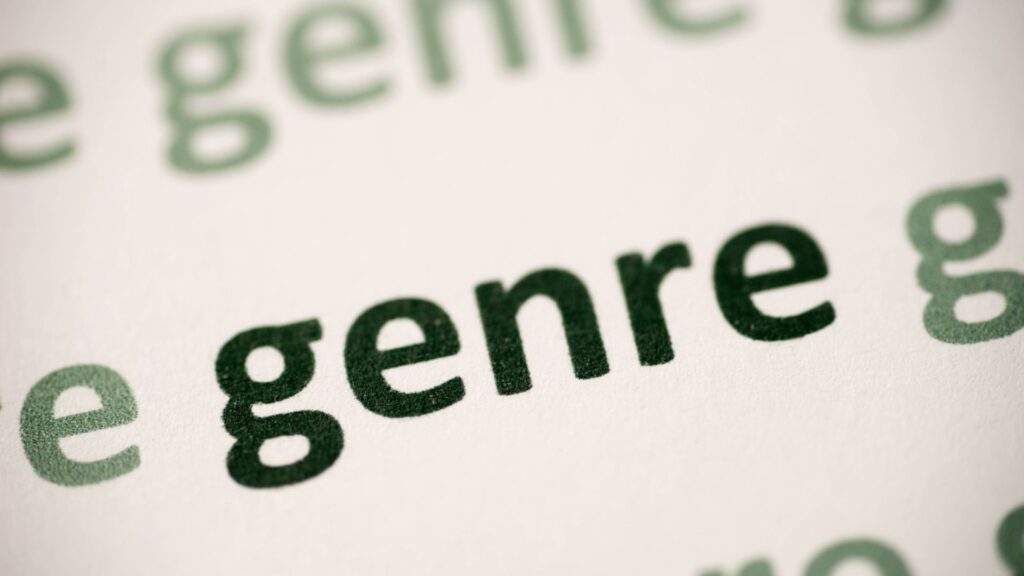Using the written word as a tool combined with visuals, later printed in books and magazines, transformed how we think and made information more accessible to the general public. The start of mass media and publishing was during this time. Here, we will talk about the difference between book and magazine.
As a general and avid reader, I like reading books and magazines. Magazines are suitable for a light break and some light reading whereas books, well, you know what good books do to a person! That’s something I can leave out here. The point is that both are different in more than one way, yet they’re both irreplaceable.
A magazine is a periodic publication that includes articles and graphics, frequently on a specific topic or directed at a particular readership. In contrast, a book is a written or printed work bound with covers and has its pages adhered or sewn together along one side. Unlike books, which can be written in any tone and on any topic, magazines can have a serious or light tone.
Keep reading further to learn more about the differences between a book and a magazine.
What are the Difference Between Book and Magazine
| S.No. | Books | Magazines |
| 1. | A book (mostly nonfiction) either provides general knowledge, a thorough analysis of a subject, or both. | a selection of articles covering industry-specific news, trends, and developments. |
| 2. | Books might be academic or mainstream. | Not academic. |
| 3. | Between 100 and 300 pages. | Typically around 30 pages |
| 4. | Published once, though later revisions might appear. | Consists of volumes and issues that are routinely issued. |
| 5. | Most books are written by a single author. | Publications have numerous writers |
| 6. | There are hardly many illustrations in books. | Possess a large number of images |
Scroll to read more in detail.
1. Contents

Books:
The many components of a book are frequently divided into three groups: the front matter, the body matter, and the end matter. These groups describe the sections of a book in chronological sequence.
The book’s introduction contains the front matter, including the title page, copyright, epigraphs, and forewords. The body matter, which comprises the most significant portion of the book and contains the majority of the text, is followed by the end matter, which concludes the text by including the glossary, index, author biography, and afterword.
Magazines:
Magazines are organized. Magazines include:
- Cover pages.
- Front-of-book content (which may consist of editorials).
- Letters to the editor.
- News.
- Quick-hit trend pieces.
- Publisher-focused content.
Magazines also contain two to five longer articles that are more in-depth, reported, and more imaginatively designed. Back-of-book content (which may include quizzes or puzzles and product-focused content) are all typical components (such as reviews).
2. Genre

Books:
There are two categories for books: fiction and nonfiction.
You can find dozens of other, more specialized types or genres of books within these two main categories.
Nonfiction books, like biographies and history books, contain factual facts. Children’s books and romance novels are examples of fiction literature since the author makes them up.
Fictional works are the most read genres. Some of its components may be based on kernels of truth, but they have been expanded upon, made up of, and embellished into a new fiction.
Magazines:
Magazines can discuss various subjects relating to a genre, which uses to express multiple related concepts.
The idea of magazine selection has to do with the variety of magazines that may be found and used by the general public for leisure, education, or pleasure.
A few magazine genres include fashion, culinary, sports, gardening, and medicine.
3. Length

Books:
Depending on the genre, readers have different expectations for book length. Most book publishers define a novel as having between 50,000 and 110,000 words. There are approximately 90,000 words in total. Large, epic tales can have 120,000 words or more. The average word counts for each genre are listed below.
- 1500–30,000 words for a short story
- 50,000–110,000 words for novels
- Romance in general: 70,000–100,000 words
- Romance sub-genre: 40,000–100,000 words
- Fantasy and Science Fiction: 90,000–120,000 (and perhaps 150,000) words
- 80,000–100,000 words of historical fiction
- Crime, mystery, thriller, and horror: 70,000–90,000 words
- Books for children: 300–800 words
- Books in Chapters: 4,000–10,000 words
- Self-Help/How-To: 40,000–50,000 words
Magazines:
In reality, magazines don’t have an “average” or “normal” number of pages. The page counts of magazines can range from 32 to 212, with everything in between. Having said that, though, most magazines will have a magazine page count that is either divisible by 8 or 4, regardless of their overall page count.
The offset printing method and the fact that magazines are printed in units known as “sigs” have anything to do with it. A full signature is 16 pages long, while a half signature is just eight pages, according to printer slang for “signature.”
4. Publishing

Books:
Books are published once though they can be revised and republished later if the author feels so.
To revise and republish your book, first Identify any additional or updated material that might improve the book. Start editing and adding stuff after that. After it finishes, get authorization and approval before editing and compiling.
Magazines:
An assortment of information typically publishes in a magazine regularly (commonly weekly or monthly). They often receive funding through advertising, product sales, pre-paid subscriptions, or a mix of the three.
5. Authorship

Books:
A book usually has one or two authors. There are instances where there have been more than two authors for a particular book, but if we talk about average, there is one author accompanied by a team of editors and an illustrator (if any).
The names of the author(s) and the illustrator(s) are listed on the front book cover, along with the title and subtitle of the book.
Magazines:
A magazine may or may not list the names of its many contributing authors. Magazine editors or staff writers write many magazine articles, so the authors may not be named specifically. Articles that do name authors frequently need to include the authors’ credentials.
6. Images and Illustrations

Books:
There are several exceptions to the rule, but most books for broad readers need to be illustrated. Your decision will depend on your target market and writing style.
Self-published books and those intended for those who don’t frequently read poetry tend to feature more illustrations. Poetry books for general readers can have photography, color, or black-and-white illustrations.
Magazines:
Magazine articles frequently have illustrations in the form of drawings or photos, frequently in full color.
Magazines are the most probable forms of publications to contain illustrations, while other publications may also have them. Numerous product advertisements often appear in magazines. Advertisements could be for anything, including computers, cars, or cosmetic products. Some promotions may fill an entire page or even span many pages when used as an insert or supplement.
Conclusion| Difference Between Book and Magazine
Books and magazines are different in many ways than one can imagine, yet no one can replace the other. Find a book if you want an in-depth discussion on a subject.
Try a magazine or newspaper if you’re seeking recent ideas on a subject. Choose peer-reviewed articles from scholarly journals in the databases if you are prepared to conduct in-depth research on a specialized or limited topic.
Also, check out more:




